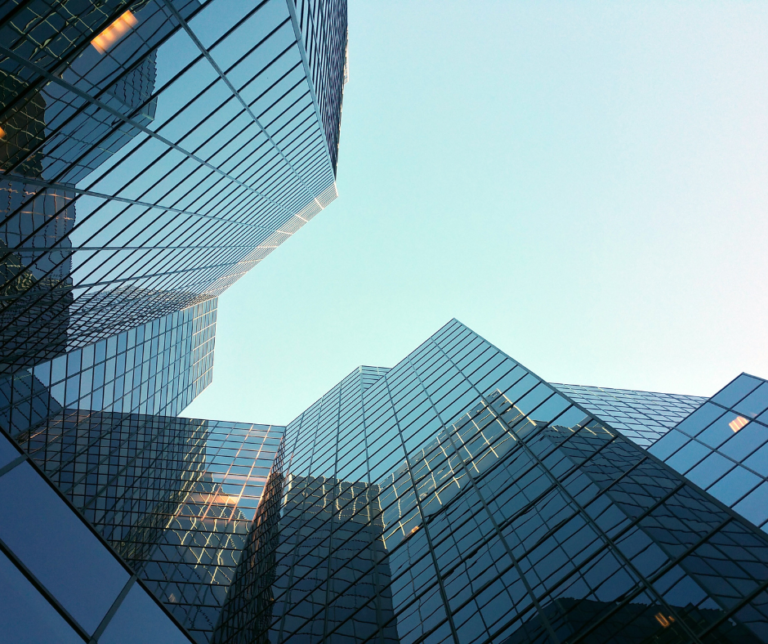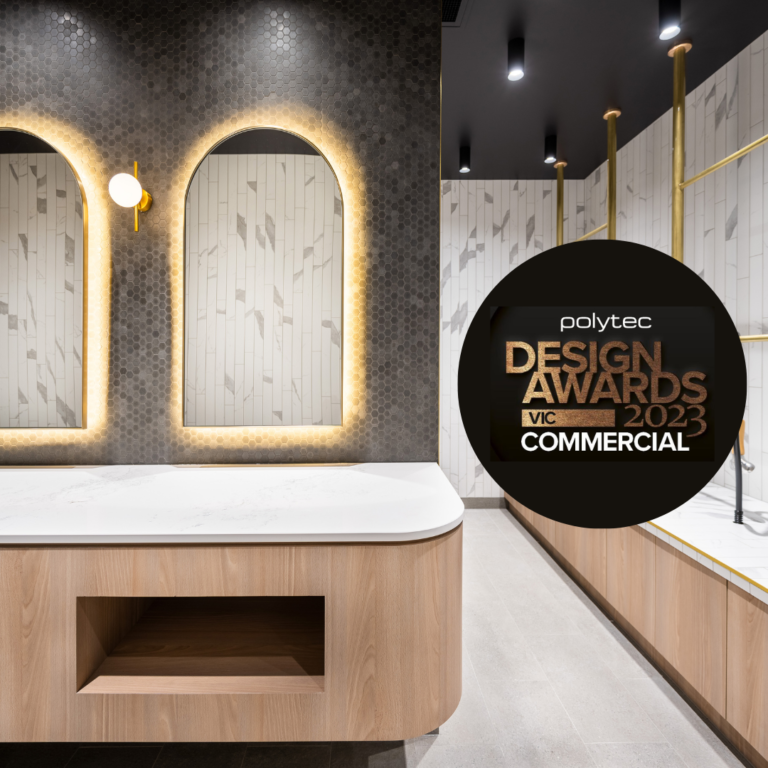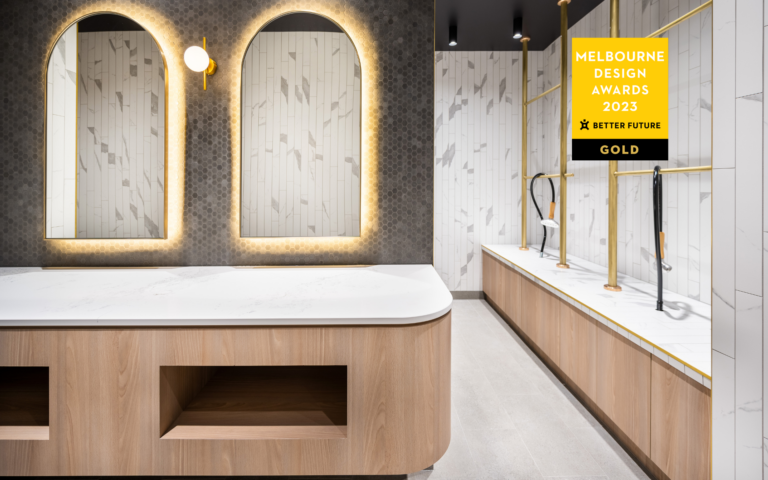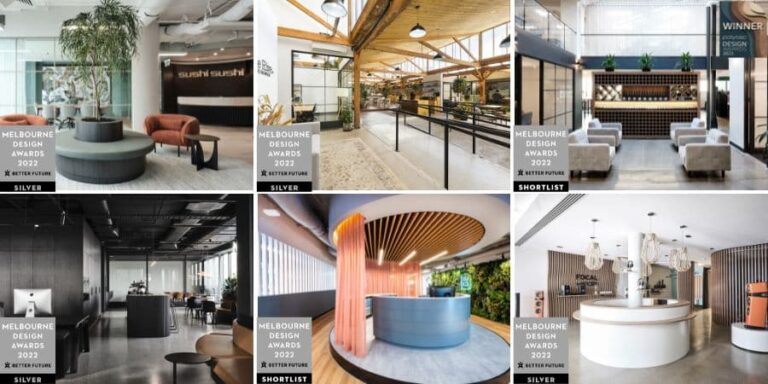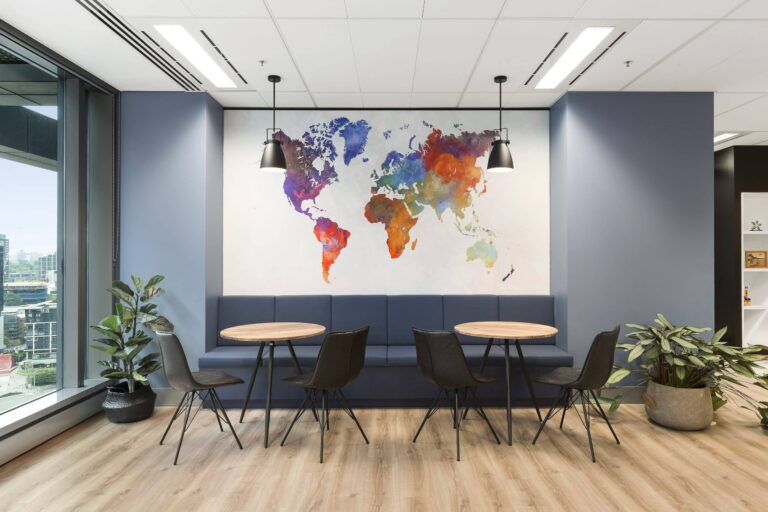The future of workplace design is shifting towards regenerative design, a forward-thinking approach that not only minimises our environmental footprint but also actively restores and enhances the planet. At Concept, we believe that workplaces should be living systems that nurture both people and the environment.
What is Regenerative Design?
Regenerative design is a comprehensive approach that goes beyond traditional sustainability. While sustainable design aims to reduce negative impacts, regenerative design strives to create spaces that give back more than they take, fostering environmental restoration and human well-being.
The Benefits of Regenerative Design
By embracing regenerative design, we can create spaces that:
- Enhance Employee Well-being: Incorporating biophilic elements, improving air quality, and focusing on ergonomic design all contribute to a healthier, more productive workforce.
- Reduce Environmental Impact: By minimising waste, conserving energy, and using sustainable materials, we not only reduce our footprint but also make a positive impact on the planet.
- Strengthen Brand Reputation: A commitment to sustainability not only boosts your company’s image but also attracts environmentally conscious clients and employees, showing that your values align with your actions.
- Increase Property Value: Regenerative buildings tend to have higher property values and command premium rental rates due to their sustainable practices and appeal.
Building with a Regenerative Mindset
Our dedication to regenerative design influences every stage of our projects, from material selection to waste reduction.
- Material Selection: We prioritise low-impact, recycled, and bio-based materials. This contributes to a healthier planet by choosing products with minimal environmental footprints.
- Energy Efficiency: We design buildings that optimise energy use through advanced technologies and sustainable practices. This includes efficient lighting systems and the integration of renewable energy sources, with energy efficiency considered at every stage, from space planning to collaboration with mechanical teams.
- Indoor Air Quality: We understand the importance of healthy indoor environments for employee well-being. Our strategies include biophilic design, the use of low-VOC materials, and the implementation of advanced ventilation systems to ensure clean, high-quality air.
- Waste Reduction: Through our Elevate offering, we implement comprehensive waste management plans, focusing on recycling, composting, and waste minimisation. Our goal is to divert as much waste as possible from landfills. Helping businesses take actionable steps towards a cleaner world.
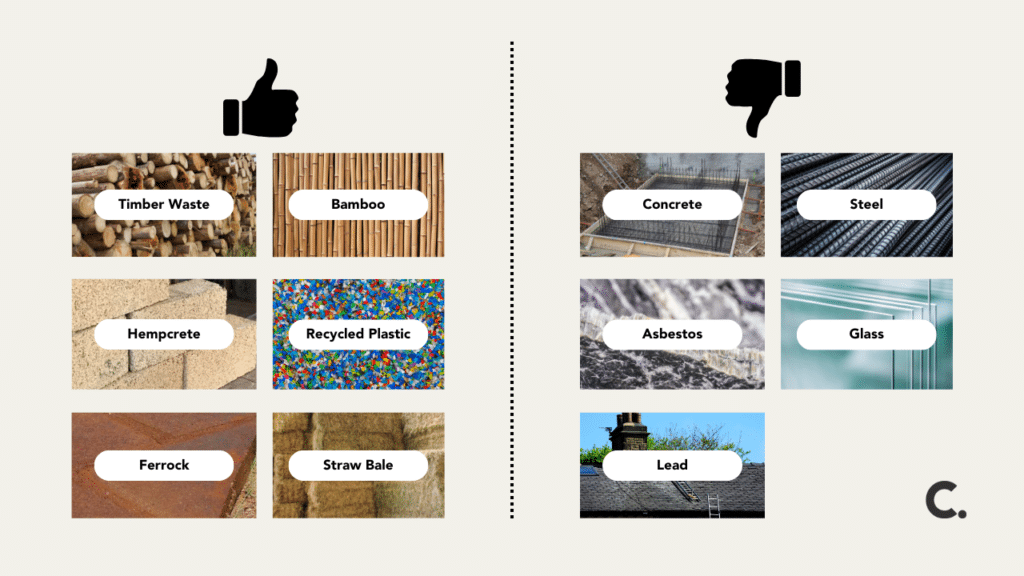
Demolishing for a Better Tomorrow
Traditional demolition often generates significant waste and environmental harm. Our regenerative approach transforms this process.
- Carpet Take-Back Program: Partnering with Shaw Contracts, we participate in their re[TURN] Reclamation Program. This reduces landfill waste, saves on skip hire costs, and repurposes valuable materials. This initiative has already saved multiple storeys’ worth of carpet from ending up in landfills.
- Material Recovery: We collaborate with local demolition and relocation companies like ABR to salvage reusable materials for future projects, extending the lifecycle of valuable resources and supporting local businesses.
Mindful Human Resources
We also prioritise working with in-house trades and reusing materials, creating an ecosystem that not only reduces waste but also benefits our employees and clients.
Let’s Build a Better Future Together
At Concept, we’re committed to transforming the built environment through regenerative design. Contact us to learn how we can create a sustainable and inspiring workspace for your business.

